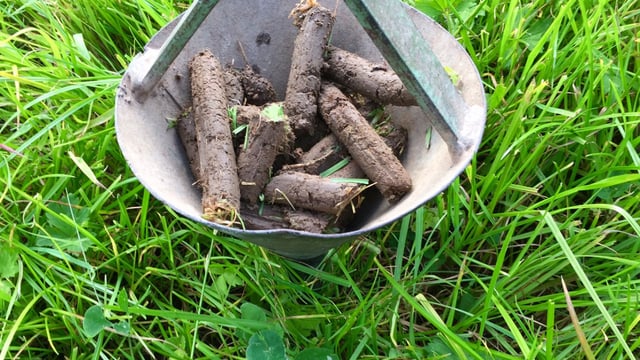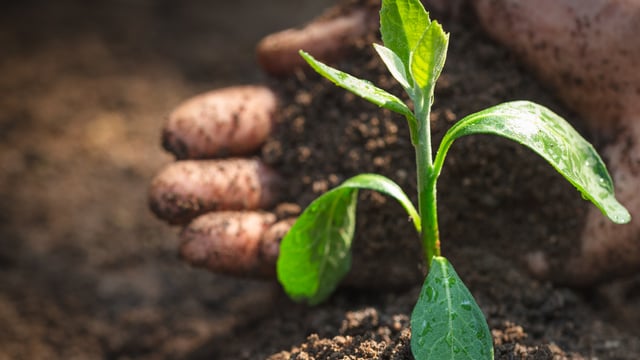Tillage: Most winter barley crops are ready for the combine
Tillage farmers across the country are now reporting that almost all winter barley crops are fully ripe and ready for harvest.
The problem is the changeable weather that has persisted for the past fortnight. The current forecast gives a couple of dry days mid-week, which means that combines will out in earnest by tomorrow.
Of the barley crops harvested up to this point, yields have been very disappointing. Yes, a very small number of fields have delivered up to 4t/c, but many others have come-in well below 3t.
The average seems to be working in at around 3t.
Even crops, which growers thought to be looking well prior to harvest, disappointed when it came to final harvest.
There is no denying the poor conditions that predominated last September when most 2023/24 winter barley crops were drilled, but most of these seemed to improve dramatically as this spring progressed.
This shortfall in final yield is prompting growers to think that disease factors – and not the weather may well have been the main cause of the fall-off in barley yields recorded so far this year.
Meanwhile, Ireland is not the only country in Europe experiencing poor barley yields in 2024.
According to the Agricultural and Horticultural Development Board (AHDB) yields and quality, so far, are said to be disappointing in both France and Germany.
This follows persistent wet weather this summer, which is also now causing harvest delays.
Farming organisations in Germany are now predicting between a 2% and 6% reduction in total winter barley output, relative to 2023.
Spring barley harvesting, which is key for European malting supplies, has also started in France, with 15% of the country’s crop now combined.
The bad news for cereal growers in France and Germany, is the continuing threat of very broken weather over the coming week.
Meanwhile, American weather organisations predicted the 65% likelihood of La Niña weather event developing during July to September, and an 85% chance during November to January.
This could have a very significant impact on global crop production.
A La Niña event happens when the South Pacific temperature drops more than 0.5°C below normal. The cooler the temperature, the more severe the event.
In South America, rainfall levels diminish significantly. There is a significant increase in temperatures, which stress crops and reduce yields.
With the region’s importance in the global supply of soya beans and maize, reduced crop yields due to a La Niña event in late 2024 and/or early 2025 could create a bullish market sentiment.





